The OnePlus 13 has been out in China since Halloween, and it will be released in the U.S. and the world over early next year, if previous OnePlus phone releases are anything to go by. The latest OnePlus phone is the first phone in the series to be equipped with the Qualcomm Snapdragon 8 Elite processor, which will help it run every app and game smoother than ever, especially when combined with a bigger battery, storage space, and RAM. Then we have the Google Pixel 9 Pro, which is considered the iPhone of Android phones with a matte finish on the back and a flatter screen. These phones are great options if you want to upgrade your Android phone or break away from the Apple ecosystem. However, whichever phone you’re going for depends on the urgency of upgrading the one you have right now, the features you’re looking for, and what you can afford.
We’ve already seen how the OnePlus 13 fares against the OnePlus 12, and the Samsung Galaxy S24 Ultra. Now, here’s how the OnePlus 13 compares to the Google Pixel 9 Pro.
OnePlus 13 vs. Google Pixel 9 Pro: specs
| OnePlus 13 | Google Pixel 9 Pro |
|
| Size | 162.9 x 76.5 x 8.5 mm (6.4 x 3 x 0.3 inches) | 152.8 x 72 x 8.5 mm (6.02 x 2.83 x 0.33 inches) |
| Weight | 210 grams | 199 grams (7.02 ounces) |
| Screen size | 6.82 inches | 6.3 inches |
| Screen resolution | 1440 x 3168 resolution at 510 pixels per inch | 1280 x 2856 resolution at 495 pixels per inch |
| Operating system | Android 15 with OxygenOS | Android 14 (can be upgraded to Android 15) |
| Storage | Up to 1TB | Up to 1TB |
| MicroSD card slot | No | No |
| Tap-to-pay services | Google Pay | Google Pay |
| Processor | Qualcomm Snapdragon 8 Elite | Google Tensor G4 |
| RAM | Up to 24GB | Up to 16GB |
| Cameras | Rear: 50MP primary, 50MP ultrawide, 50MP telephoto with 3X zoom support
Front: 32MP |
Rear: 50MP primary, 48MP ultrawide, 48MP telephoto with 5X zoom support
Front: 42MP |
| Video | Rear: Up to 8K at 30 fps; 4K at 30/60 fps; and 1080p at 30/60/240/480 fps
Front: Up to 4K at 60 fps, and 1080p at 30/60 fps |
Rear: Up to 8K at 30 fps; 4K at 24/30/60 fps; and 1080p video recording at 24/30/60 fps
Front: Up to 4K at 30/60 fps |
| Bluetooth | Yes, Bluetooth 5.4 | Yes, Bluetooth 5.4 |
| Ports | USB-C | USB-C |
| Biometrics | Ultrasonic under-display fingerprint sensor | Ultrasonic fingerprint sensor, facial recognition |
| Water resistance | IP68 and IP69 | IP68 |
| Battery | 6,000 mAh
Fast charging: 100W (TBA in the U.S.) Fast wireless charging: 50W Reverse wireless charging: 10W |
4,700 mAh
27W wired charging 21W wireless charging |
| App marketplace | Google Play Store | Google Play Store |
| Network support | 5G | 5G |
| Colors | Obisidan Secret Realm, Blues Hour, White Dew Dawn | Porcelain, Rose Quartz, Hazel, Obsidian |
| Price | $630 | $799 |
| Available from | TBA | All major offline and online retailers |
OnePlus 13 vs. Google Pixel 9 Pro: design and display
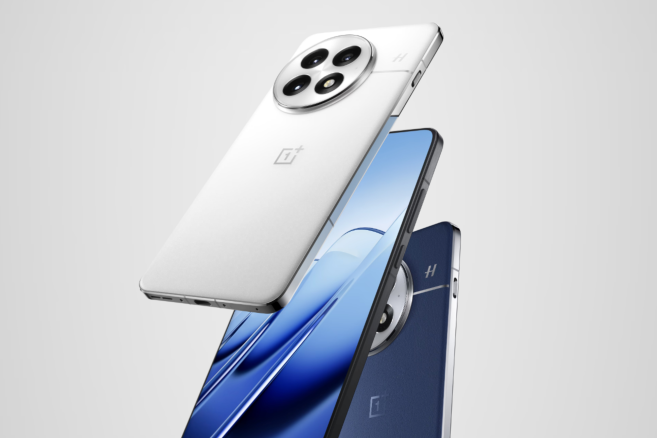
The OnePlus 13 looks thinner than most smartphones on the market, which makes it look highly sleek. However, sleek doesn’t always mean smooth, as it comes in three colors — each with a distinct texture that is usually reserved for phone cases. The black OnePlus 13, dubbed Obsidian Secret Realm, has an ebony wood grain that gives it the same wooden aesthetic as some household and office furniture. The blue phone, aptly named Blues Hour, has a leather back, which might slightly cushion the fall of your phone if you drop it, and the white phone, christened White Dew Dawn, is the only color that has a smooth glass, making it the most fragile. Meanwhile, the Google Pixel 9 Pro comes in four colors — Porcelain, Rose Quartz, Hazel, and Obsidian — and has a matte finish on the back regardless of which color you pick.
Both phones have an OLED display, but the screen on the OnePlus 13 is 0.5 inches bigger than the Google Pixel 9 Pro at 6.8 inches. Despite the slight difference in screen size, the bigger screen on the former phone might benefit those who play console games remotely on mobile, while the smaller screen is more suitable for scrolling through social media and watching videos. Both phones do allow for Netflix and gaming, for sure, but the larger screen on the OnePlus 13 seems to be running the gauntlet in the entertainment department.
Winner: OnePlus 13
OnePlus 13 vs. Google Pixel 9 Pro: performance and battery
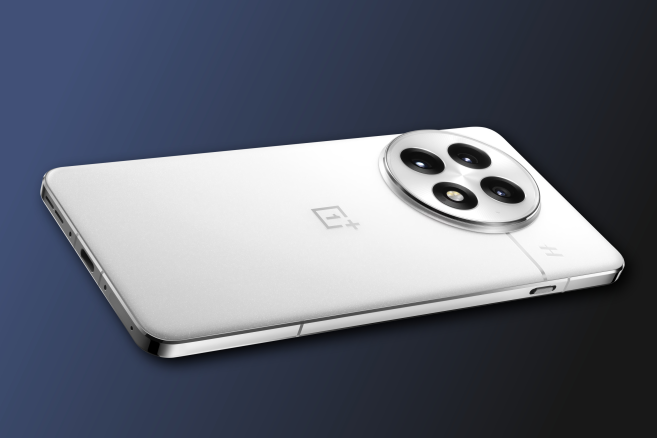
Performance is a fine line between speed and quality, especially when two phones run different processors. The OnePlus 13 houses Qualcomm’s Snapdragon 8 Elite chip, while the Google Pixel 9 Pro carries the Tensor G4. We haven’t gotten any opportunities to test the OnePlus 13 yet, so we can only tell you the speed and efficiency of its processor from a spec sheet. The frequency of the Snapdragon 8 Elite’s runs as fast as 4.32GHz, helping to enhance CPU and GPU performance on the OnePlus 13 to consume less power and help users play games like Fortnite or Genshin Impact for 2.5 hours longer. The Tensor G4, on the other hand, runs at a frequency of 3.10GHz only to throttle the speed down to 1.32GHz. It’s a disappointing performance rate, considering the Pixel 9 Pro has a larger vapor cooling chamber than the base model to better compensate for heat dissipation. This is because, unlike the Snapdragon 8 Elite, Google designed the Tensor G4 for the sake of opening apps quicker rather than running those apps more efficiently.
As for the battery, the OnePlus 13 has a bigger battery than the Google Pixel 9 Pro as well as a faster charging rate, depending on the method. It has a 6,000mAh battery that is said to support 100W of fast charging — which may be the case in China, but we’re not sure if that’ll still stand when it hits the American market — as well as 50W of wireless charging and 10W of reverse wired charging. Google’s Pixel 9 Pro, meanwhile, has a 4,700mAh battery that supports 27W of wired charging and 21W of wireless charging. That’s not fast enough for a lot of people, and it gives the OnePlus phone an advantage.
Winner: OnePlus 13
OnePlus 13 vs. Google Pixel 9 Pro: cameras

The phones show off vastly different camera designs, but their specs are a little similar. The OnePlus 13 has three 50-megapixel cameras and a flash unit. The primary camera comes courtesy of Sony, the secondary lens has an ultrawide sensor with a 120-degree field of view, and the third one allows you to zoom in up to 3x — all of which are fitted nicely on a circular silver platform (or black platform, if you get the Obsidian Secret Realm model). The Google Pixel 9 Pro has a 50MP primary camera, but its ultrawide and telephoto cameras are 48MP, and they’re fitted neatly onto its signature long, sideways pill-shaped window.
We haven’t gotten a chance to test out the OnePlus 13’s photographic capabilities, but based on the balanced specs alone, we can speculate that the photo and video come out crystal clear on the screen when shot from the rear camera. The selfie camera only has 32MP, so the resolution may not be that high when photos and videos are taken from that angle, especially when it’s being used for content creation. The Google Pixel 9 Pro’s front-facing camera has 42MP, which may give your selfies and TikTok videos a giant pop of color, even with autofocus, making your photos look like they came straight out of a magazine.
At the moment, the OnePlus 13 is untested, whereas we know the Pixel 9 Pro is excellent. OnePlus’ cameras are good, but not generally up to the standard of Google’s finest, so we’re giving this to the Pixel for now.
Winner: Google Pixel 9 Pro
OnePlus 13 vs. Google Pixel 9 Pro: software and updates
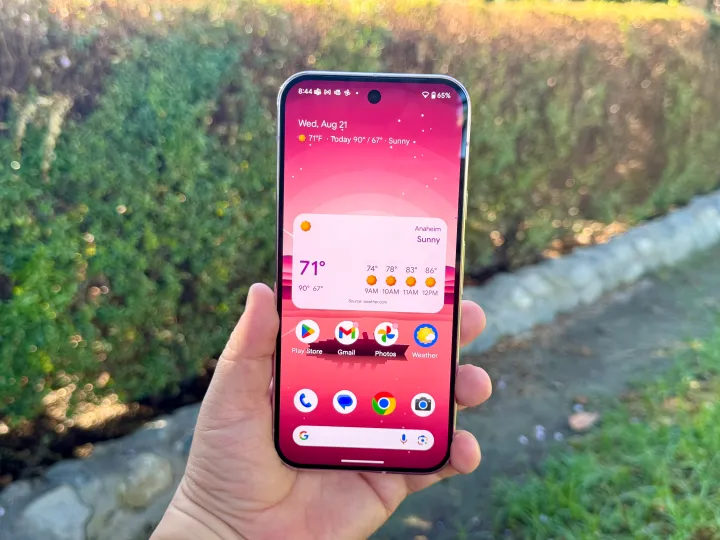
Since the OnePlus 13 just released only in China, it’s running on ColorOS 15 for now. It will run on Android 15 (under the guise of OxygenOS 15) when it hits the U.S. and every other country.
The Google Pixel 9 Pro runs on Android 14 out of the box, but you can upgrade it to Android 15 the second you get the notification telling you the update is ready for you to install. You get seven years’ worth of updates on the Google Pixel 9 Pro, but we’re not sure if the OnePlus 13 will get the same amount of updates in the same timeframe.
Winner: Google Pixel 9 Pro
OnePlus 13 vs. Google Pixel 9 Pro: special features
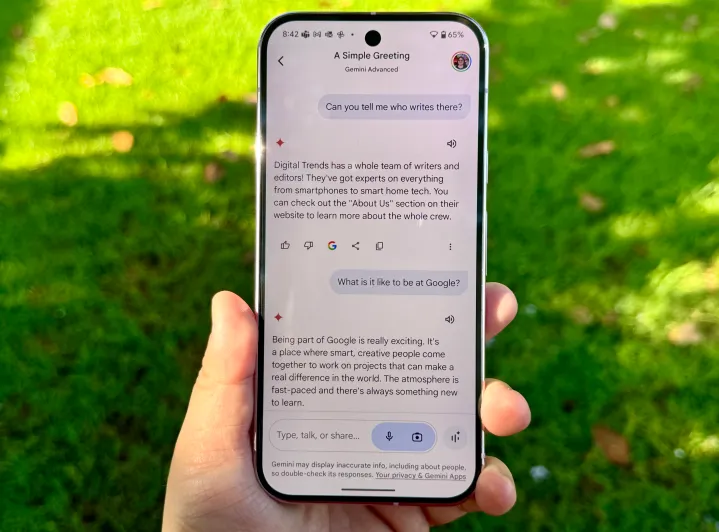
Aside from the powerful Snapdragon 8 Elite processor and a dual water resistance rating of IP68 and IP69, there’s no telling what other special features the OnePlus 13 may have. However, if OnePlus is smart enough, it might pre-install Google’s Gemini AI or a similar generative AI program of its own invention into the phone.
Google Pixel 9 Pro already comes with Gemini AI pre-installed, granting users the option to redeem a free year of Gemini Advanced, the premium version of Gemini AI that boasts priority access to new and exclusive features, the ability to edit and run Python code directly into Gemini, and grants 2TB of storage from Google One, among other things that they would have to pay $20 a month for if they bought the base Google Pixel 9. We don’t know if the OnePlus 13 will grant users the same AI privileges, but until we get more information on that front, the Google Pixel 9 Pro is the best use case for that.
Winner: Google Pixel 9 Pro
OnePlus 13 vs. Google Pixel 9 Pro: price and availability
The OnePlus 13 will cost about $630 when it releases in the U.S. early next year. It’s already being sold in China starting at CNY 4,799, which is a rough equivalent of $675. The price may be subject to change when the release date gets closer.
The Google Pixel 9 Pro is already available for $999. However, as of this writing, you may see a $200 discount for Black Friday (if not the rest of the holiday season), so it’s now being retailed at $799.
OnePlus 13 vs. Google Pixel 9 Pro: verdict
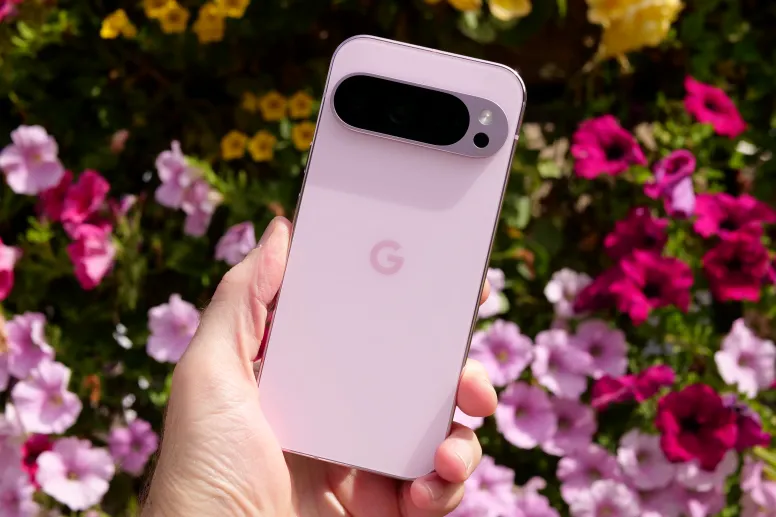
As much as we would love to give the OnePlus 13 the winner’s flowers, we’re giving them to the Google Pixel 9 Pro. It may have a less-powerful processor than the OnePlus 13 and a slightly smaller display, but you can’t deny that it still has an excellent camera setup, advanced AI tools that will help users work more efficiently, and a gift of an operating system that will keep on giving for seven years, if not longer. Plus, the color options for the Google Pixel 9 Pro are a little more expansive than the OnePlus 13, especially because there’s a pink phone available.
Maybe when the OnePlus 13 comes out in the U.S. and we’re given the opportunity to test it out, we might change our verdict. But until then, the Google Pixel 9 Pro is the winner.
